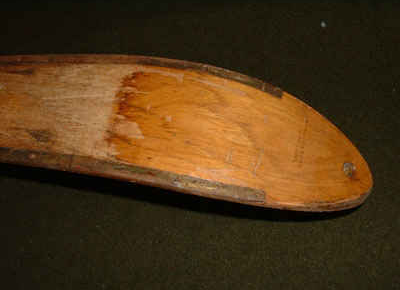
An obscure Austrian accountant invented the steel edge in order to save lives. Racers found it more valuable for winning gold medals.
Rudolf Lettner, an office worker who liked to ski, invented a piece of equipment which, more than anything, revolutionized the sport 85 years ago. He was an unlikely inventor.
An accountant, Lettner worked for Austria’s historic salt works, the giant Saline Hallein near Salzburg. On his one day off per week in winter, he regularly went skiing in the high mountains south of town.
On a foggy Sunday in 1917, Lettner’s pleasure turned to dread. High up on a steep, icy slope, his skis began to sideslip. Hard as they were, his hickory edges were too round and worn to grip the hard surface, and he slid downhill, sometimes headfirst, sometimes feet first. He would have collided with the rocks below, but by dragging the steel tips of his poles along the icy surface, Lettner managed to bring himself to a stop. It saved his life.
Lettner, 30, thought a lot about what might have prevented his nearly fatal accident. Skiing could be made safer, and skis would certainly turn better if their edges were metallic, like the tips of his poles. But how to attach the metal to wooden skis so that it didn’t impede the ski’s natural bending? The skier, too, would want to be able to sharpen the edges. The steel must not be so hard that it couldn’t be filed readily. Bronze was too soft. . . the edge would quickly lose its sharpness.
It took Lettner almost ten years of experimentation to arrive at a solution – which was to screw short sections of steel strip on to the ski, allowing it to flex. To make the steel flush with the ski’s base and sidewall, he routed a strip along the length of the wooden edge to match the width and thickness of the steel.
Lettner patented his invention in 1926. While he wasn’t an engineer, he also proved not to be much of an entrepreneur or marketer either. Skiers seem mostly to have ignored his invention over the next four years. But at the University Winter Games at Davos, Switzerland, in 1930, Austrian racers entered the starting gate equipped with the Lettner edge. They created a sensation, making razor-sharp turns and winning easily.
The losing racers, anticipating controversy six decades later over the “unfair” advantages of high boot platforms and short slalom skis, protested. The protest failed. Yet it was loud enough to make a splash in the newspapers, and soon racers everywhere realized that without steel edges it was impossible to win. Skiing was flooded with designs competing with Lettner’s. By 1935, the authoritative British Ski Year Book listed no less than 17 different brands of steel edge, along with advertisements for shin guards to prevent legs from being cut and pants torn. Lettner himself invented a machine to sharpen the edges, and ski shops did a profitable business replacing lost and damaged edge sections.
With the arrival of metal skis in the 1950s and fiberglass in the 1960s, the edge became a continuous steel strip integrated into the ski’s construction.
Gone but not forgotten, Lettner’s original segmented edges can still be found on antique skis decorating the walls of mountain chalets and ski museums.
John Fry is the author of The Story of Modern Skiing, and the President of the International Skiing History Association, publisher of Skiing Heritage and of this website.
(The original steel edge and the only known image of Rudolf Lettner hang in a little ski museum at Werfenweng, south of Salzburg, not far from where the inventor’s nearly fatal fall gave rise to the idea of a metallic edge.)
